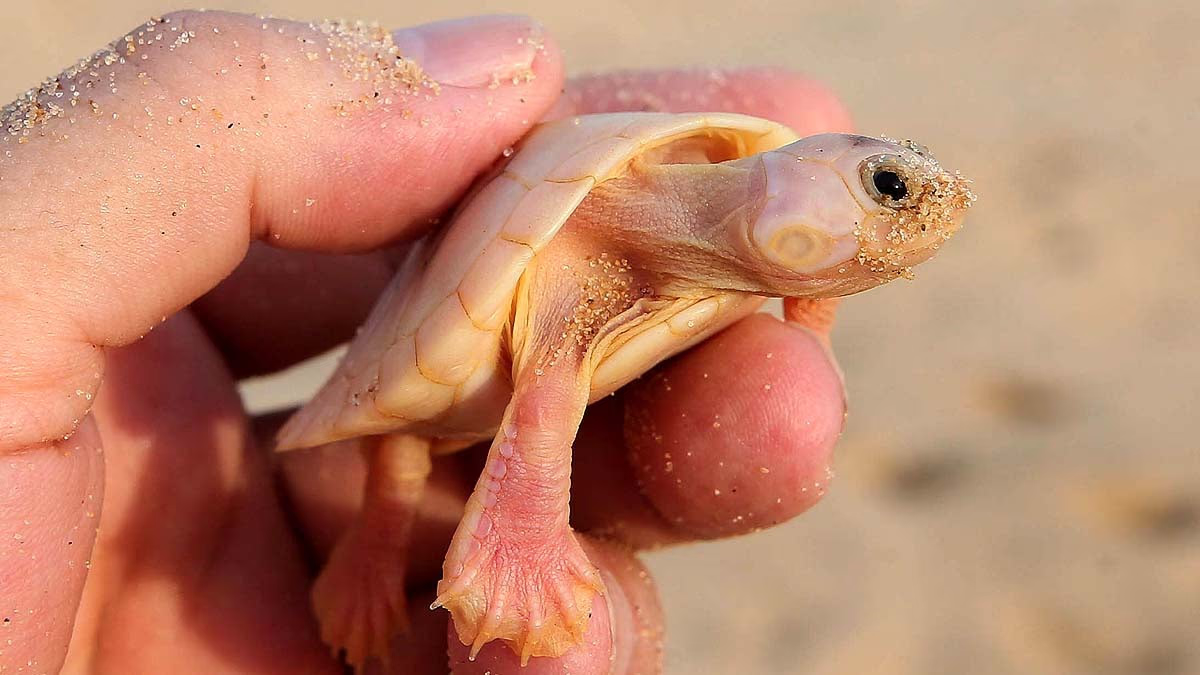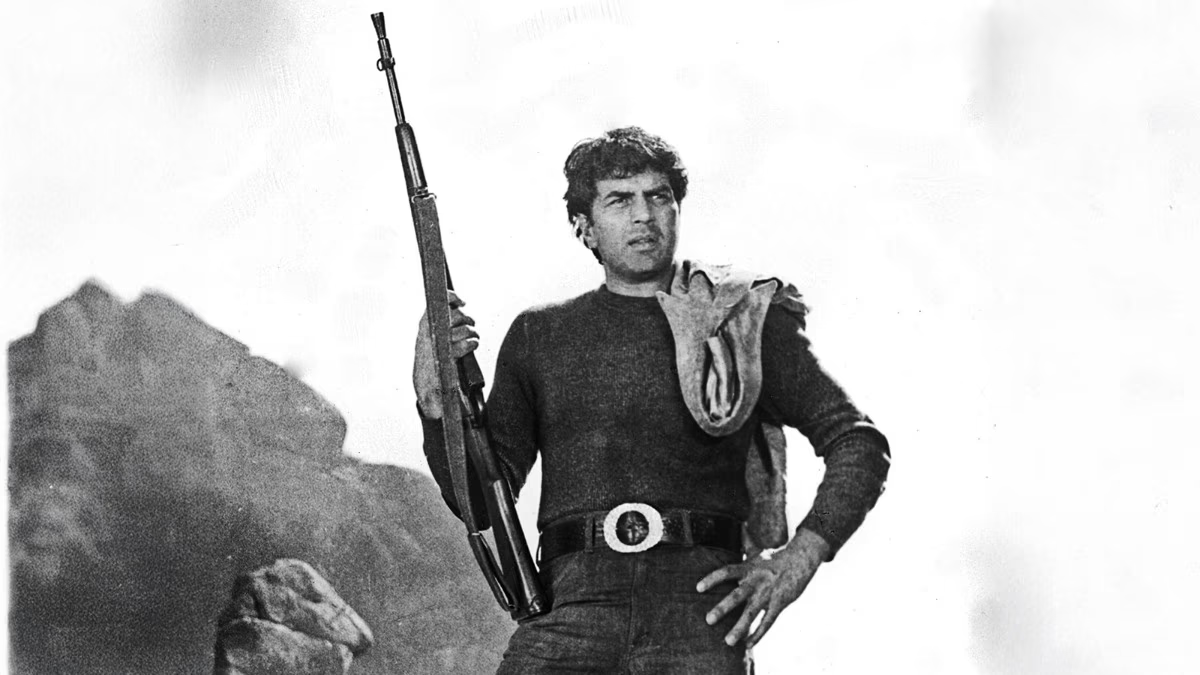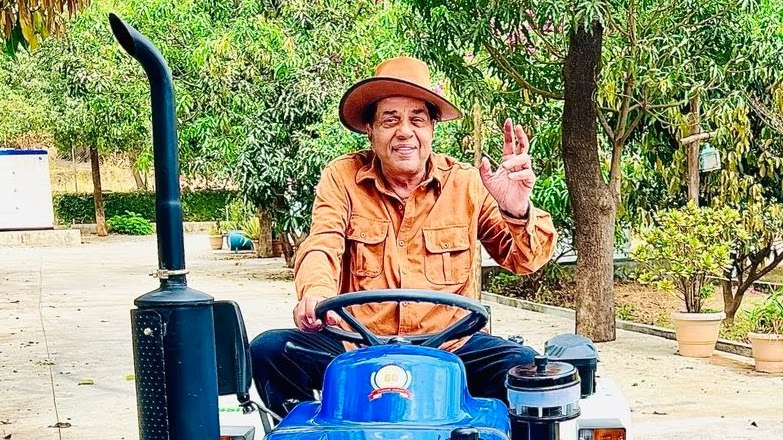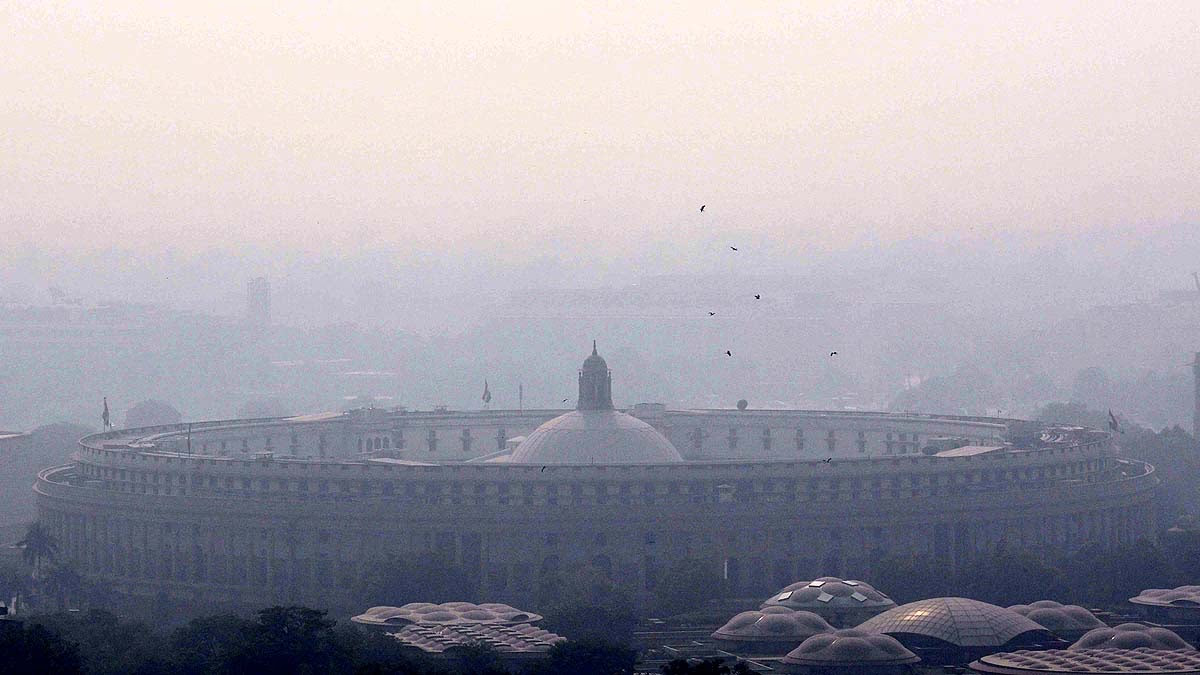
Source: aajtak
Deep in Brazil's vast Amazon rainforest is the unique Abufari Biological Reserve, located near the town of Tapauá in Amazonas state. Here, every year, the world's largest freshwater turtle species, Podocnemis expansa, also known as the Giant Amazon River Turtle, arrive to lay their eggs.
Photo: AP
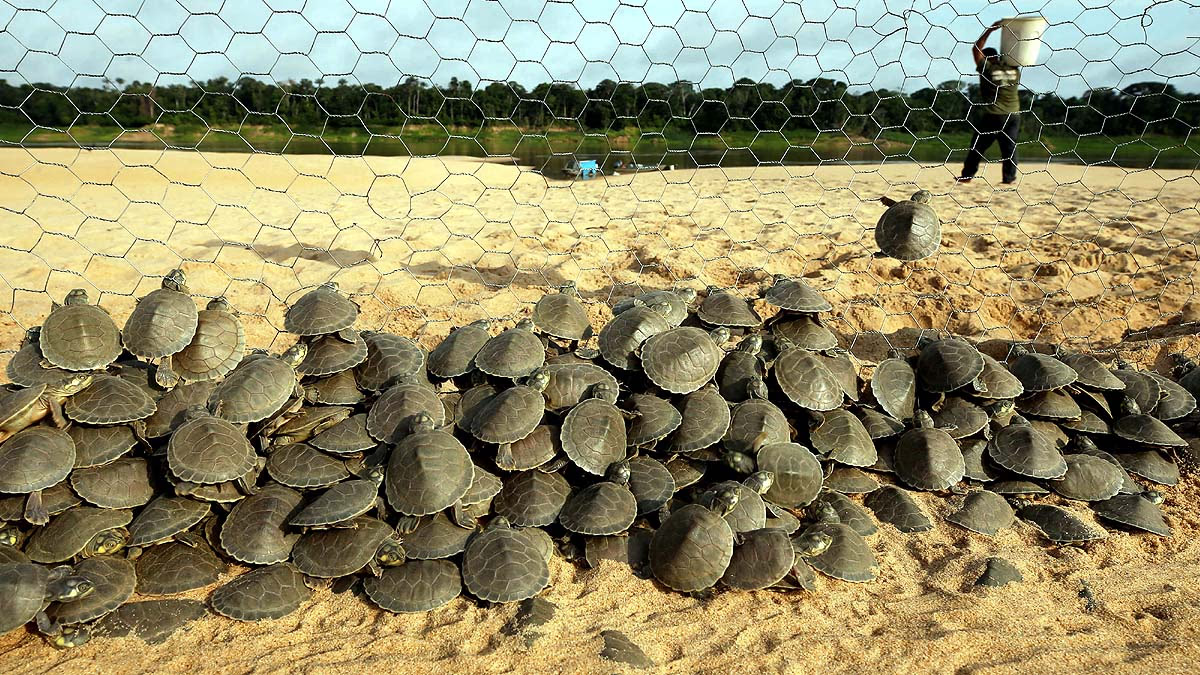
Source: aajtak
Locally cherished as the Tartaruga da Amazônia, female turtles grow to an impressive size, sporting a shell length between 80-100 cm and weighing 70-90 kg, while males are slightly smaller. A female can lay 70 to 150 eggs at once, and these turtles can live for up to 100 years.
Photo: AP
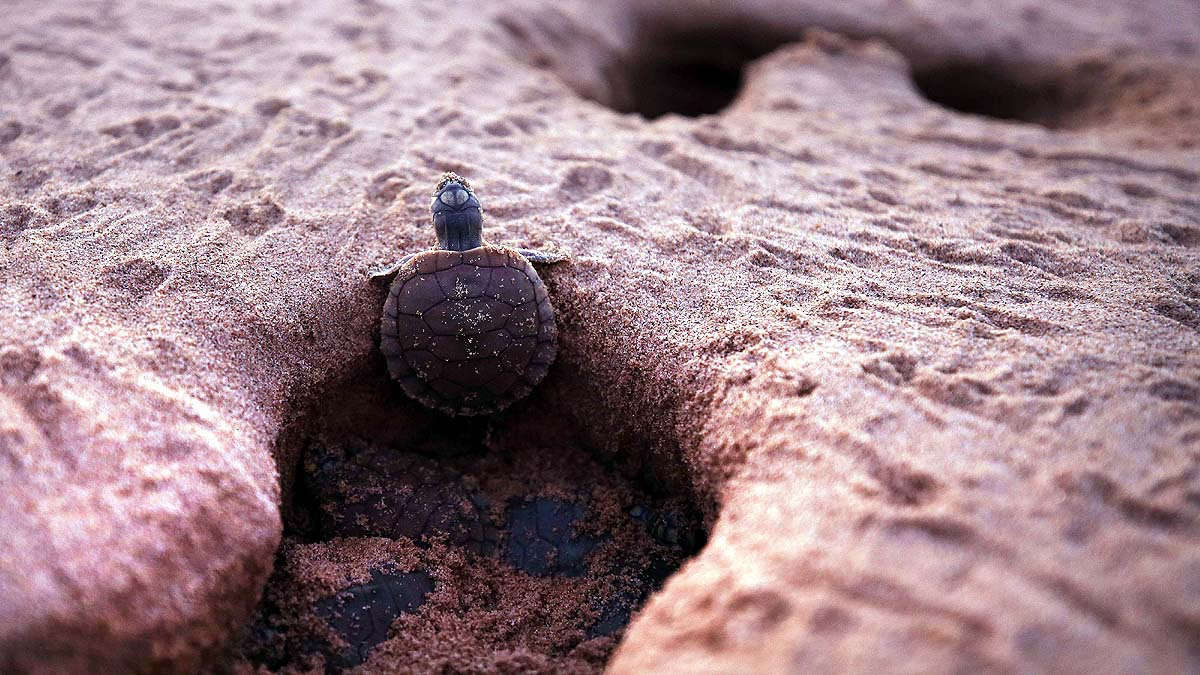
Source: aajtak
Five to six decades ago, these turtles were heavily hunted for their eggs and meat. During the nesting season along the riverbanks, people would arrive at night and excavate all the eggs. By 1980, the turtle population was critically endangered.
Photo: AP
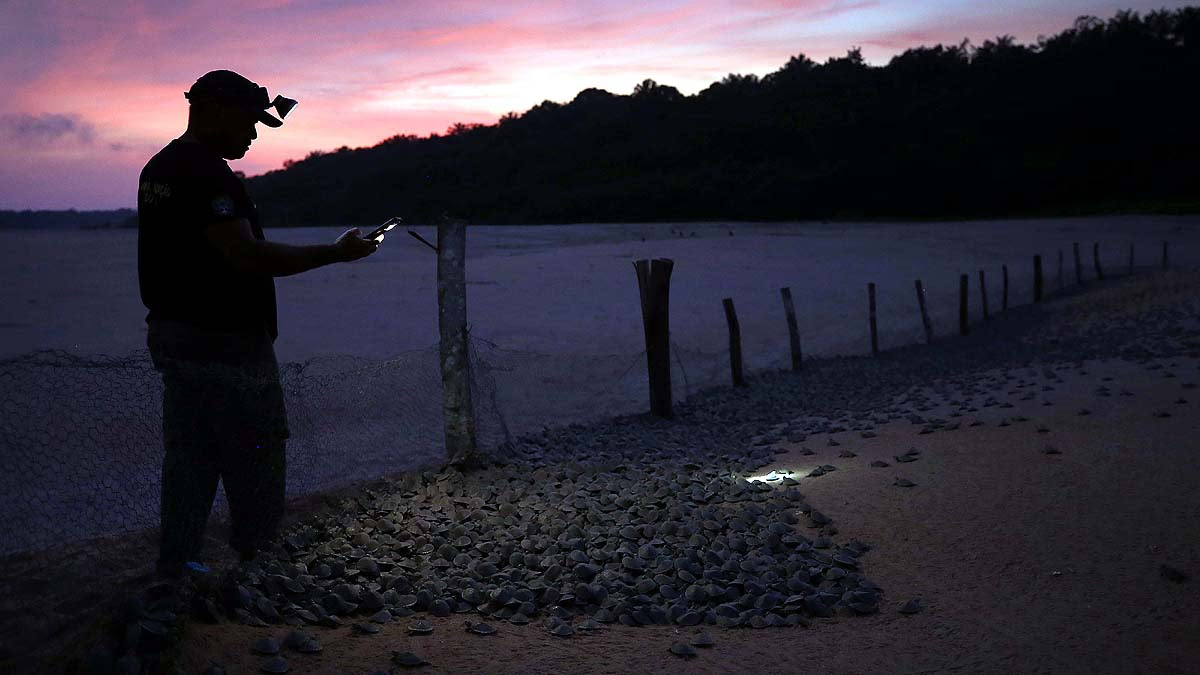
Source: aajtak
In September and October, female turtles ascend the sandy banks to deposit their eggs while being safeguarded day and night by employees from the Chico Mendes Institute (ICMBio) and local river residents. Eggs are cautiously collected post-laying and relocated to secure hatcheries.
Photo: AP
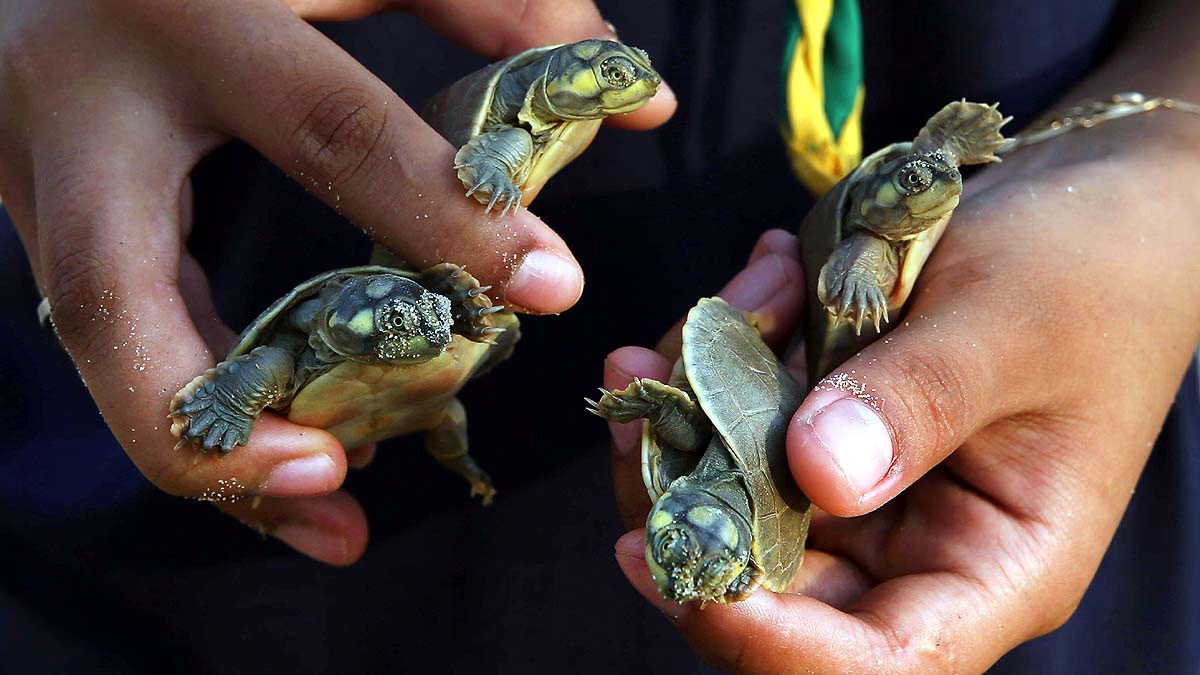
Source: aajtak
Conditions inside mimic the natural environment, maintaining sand and temperature as found at their natural nesting sites. After 45-60 days, tiny turtles emerge. Once they are fully capable of swimming, over 80,000 healthy hatchlings have been successfully returned to the river this year.
Photo: AP

Source: aajtak
Due to the dedication of this 30-year conservation project, the turtles are now moving from 'endangered' to 'least concern' status. A 50 km pristine sandy beach is continuously renewed after each flood, making it an ideal safe haven for turtles, with no human settlements or hunting allowed.
Photo: AP
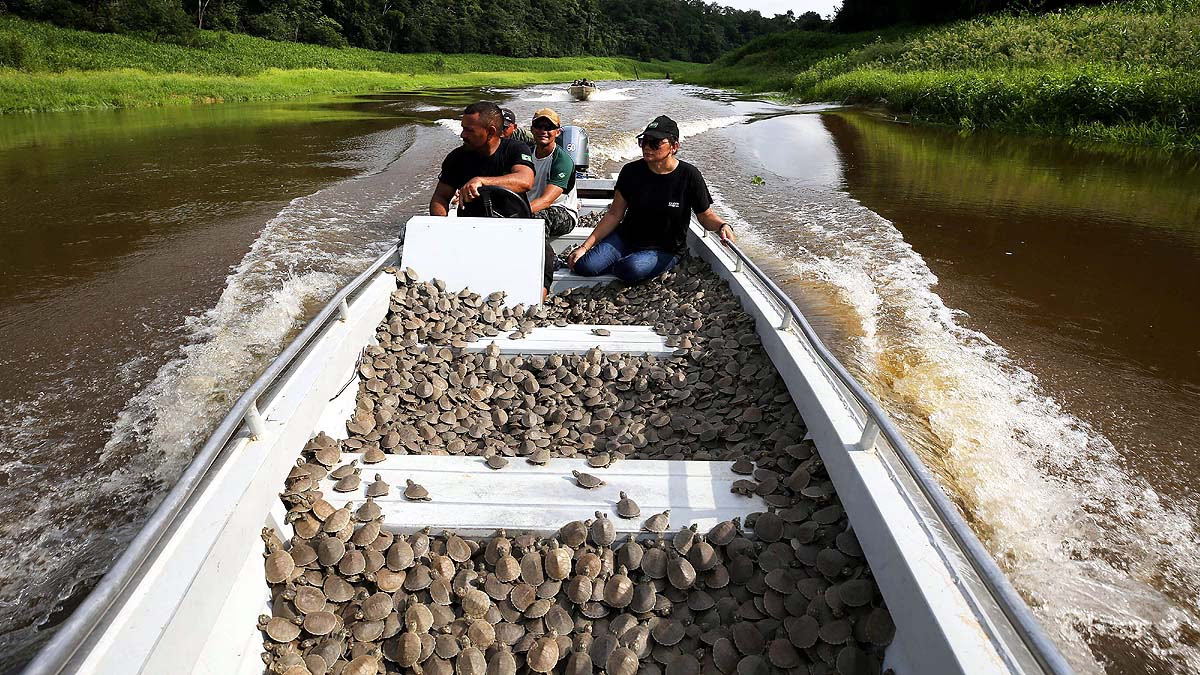
Source: aajtak
Fish, dolphins, and turtles coexist harmoniously here. Former hunters have transformed into protectors; they're offered jobs and training by the government. School children learn about the turtles and take pride that the world's largest turtle inhabits their river.
Photo: AP

Source: aajtak
Watching hundreds of tiny hatchlings sprint towards the Amazon River at sunset shows nature's resilience. Conservation isn't impossible; it thrives on dedication and love.
